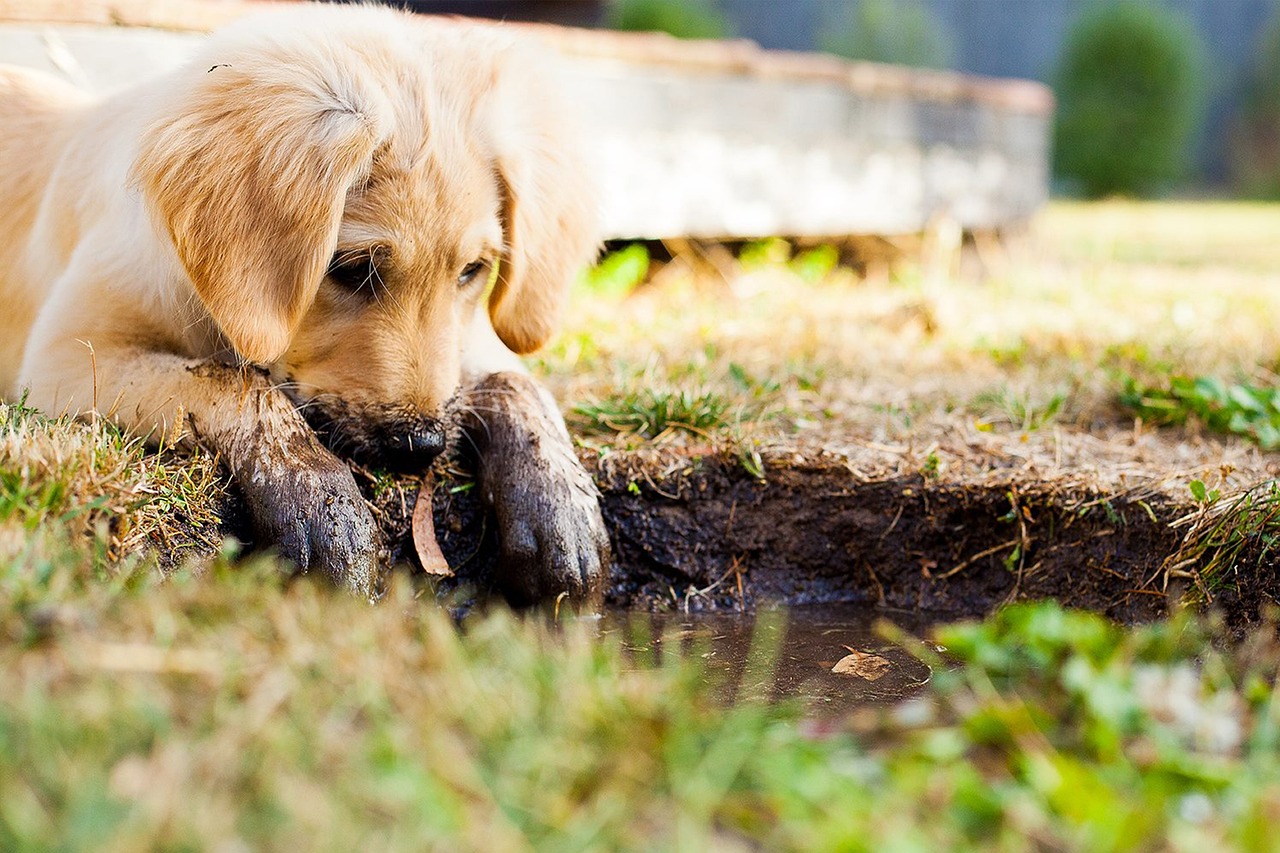Fun and Effective Dog Training Methods for Kids: A Guide
Introduction
Training a dog can be a fun and rewarding experience for kids. It’s a task that can foster a deep connection between a child and their furry friend, while also teaching valuable life skills, like responsibility and communication. However, to achieve the desired results, it’s important to approach it in the right way. This guide offers practical tips for kids on how to train their dogs effectively.

Why Children Should Train Their Dogs
Children who actively participate in training their pet acquire lessons that go beyond dog obedience. Firstly, they learn empathy as they understand their dogs’ instincts and needs. Secondly, they comprehend the importance of consistency and patience, which are key principles in most life scenarios. Lastly, dog training can offer an early initiation to the concept of teamwork, as the exercise involves the child and the dog working together to understand and follow commands.
Effective Communication
Just like in any relationship, communication is essential when training a dog. Dogs do not understand words; instead, they pick up on tones and body language. It’s crucial for kids to learn and apply different voice tones while giving commands, and make sure their body language matches. A stern yet loving tone coupled with positive reinforcement like petting or treats, works wonders in dog obedience training.
Training Methods
Training dogs require a series of steps, and it’s important that kids are aware of and comfortable with the process.
Basic Commands
Start with simple commands like ‘Sit’, ‘Stay’, and ‘Come’. They are easier for the dog to comprehend and for a child to master. Practice these in a calm, quiet environment at first, gradually introducing distractions once the dog seems to have understood the command.
Consistency
Here is where the saying, “Practice makes perfect,” applies. The child must be consistent with the commands and their reinforcement. Inconsistent training can confuse the dog and delay progress.
Positive Reinforcement
Positive reinforcement is an effective dog training method. Rewarding good behavior with treats, praise, or petting encourages dogs to repeat that behavior.

Safety Measures
While, engaging children in dog training is a great idea, certain safety measures need to be taken. Younger kids should never be allowed to train dogs without adult supervision. Make sure the training session ends on a positive note, ensuring the dog does not associate training with any form of discomfort or displeasure.
FAQs
1. At what age can a child start training their dog?
With adult supervision, a child as young as five years old can start learning how to train a dog. However, the success of the training depends largely on the temperament of both the dog and the child, and the dog’s familiarity with the child.
2. How long should a training session last?
Keep training sessions short, between five to fifteen minutes. Longer sessions increase the risk of both the child and the dog losing interest or becoming frustrated.
3. What should I do if my child becomes frustrated with the dog?
If a child becomes frustrated during the training process, try to understand the root of the problem. Maybe, the commands are too complex, or the dog is not responding as expected. Break down the training into simpler parts or take a break and return when both the child and dog are in a calmer state.
4. What if the dog shows aggression?
Aggressive behavior should always be taken seriously. Stop the training immediately and consult with a professional dog trainer or a vet.
Conclusion
Training a dog is a task filled with rewarding challenges and countless joys. Incorporating children into this process has many benefits for both the child and the dog. It’s an opportunity that nurtures the child-dog relationship, teaches kids valuable life skills, and ensures that dogs are well-mannered and happy. Remember to pay strict attention to safety measures and ensure guidance and supervision is available throughout the process. As our dogs learn from us, we too, have much to learn from them.



